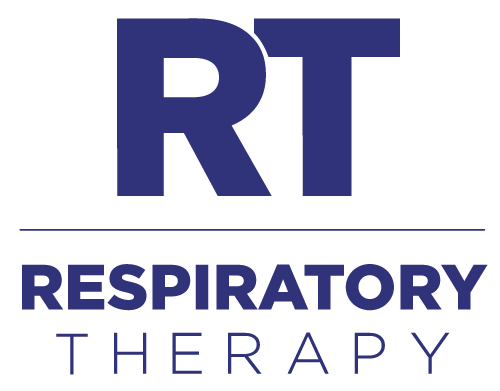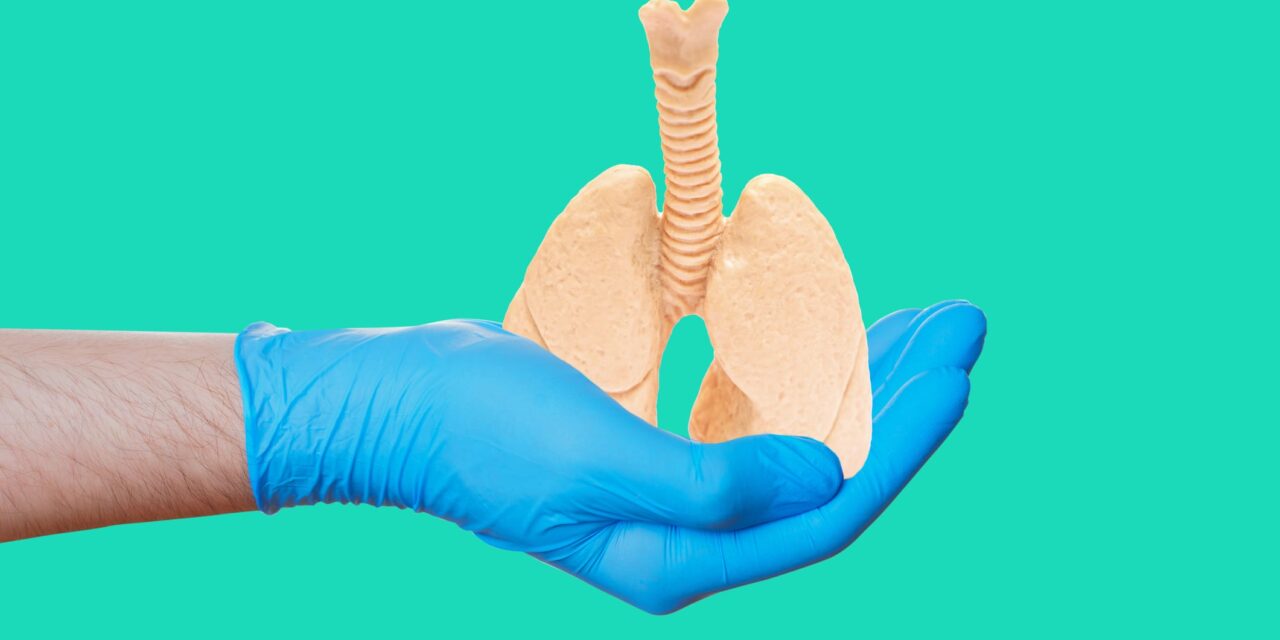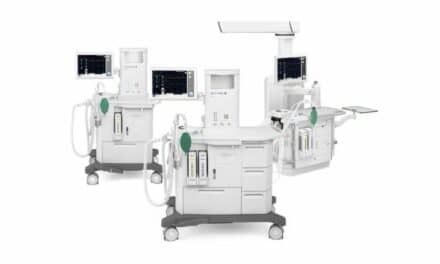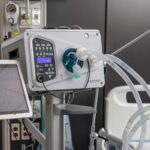University of California San Francisco Health’s Lung Transplant program has named the top-performing program in the nation by Interlink.
RT’s Three Key Takeaways
- UCSF Health’s Lung Transplant Program has been recognized as the nation’s top-performing lung transplant program by Interlink for the third consecutive year.
- The program consistently outperforms national benchmarks, achieving significantly better-than-expected post-transplant outcomes for over 13 years.
- UCSF has pioneered innovative technologies and expanded donor pool strategies, improving transplant volume and patient survival rates.
UCSF Health’s Lung Transplant program has been awarded Interlink Health’s 2025 Chairman’s Award for Transplant Excellence as the top-performing lung transplant program in the nation. The UCSF program, which is the largest lung transplant program in the Western US, was selected as the top performing program for lung transplantation for the third consecutive year.
Each year Interlink, a national managed care company, identifies the nation’s top-performing transplant programs within their Programs of Excellence network. The award is given to programs that had the highest overall quality scores in the U.S. The award assessment is based on minimum annual transplant volume, Scientific Registry of Transplant Recipients (SRTR) risk-adjusted data, Center for International Blood & Marrow Transplant Research (CIBMTR) data and Interlink’s performance modeling program calculations.
“I am incredibly proud of our team,” said Jasleen Kukreja, MD, program and surgical director of the UCSF Lung Transplant Program. “Winning this award three years in a row speaks to their heart, skill and relentless dedication to our patients. It is such an honor to be working alongside such an extraordinary group.”
Steve Hays, MD, medical director of the UCSF Lung Transplant Program, believes the award reflects the expertise and devotion of the entire transplant group. “We have innovated care of our patients by fostering a culture of continuous improvement, leveraging intradisciplinary care and utilizing new technologies,” he said.
In 2024, the UCSF Lung Transplant Program performed more than 100 transplants, making it one of a handful of medical centers in the nation to reach that milestone. In addition, the UCSF Lung Transplant Program is the only lung transplant program in the U.S. to achieve significantly better than expected post-transplant outcomes continuously for over 13 years, according to data from the Scientific Registry of Transplant Recipients.
Over the last 20 years, the median survival for UCSF patients who underwent lung transplantation climbed from 3.5 years to 10.5 years. In 2001, three-year survival for UCSF patients was 50%. In 2021, it reached 90%. Compared to other transplant programs in the U.S., UCSF outperforms these programs for both one-year and three-year patient survival rates. As of January 2025, the one-year patient survival rate for UCSF Health patients was 95% compared to a national average of 89% for transplant centers in the U.S. The three-year survival rate for UCSF patients was 86% versus the national average of 72%.
UCSF’s lung transplant program was the first in Northern California to adopt several innovations that have increased the volume of lung transplants while improving patient outcomes. The program was an early adopter of an ex-vivo lung perfusion platform – TransMedics Organ Care System – to keep organs viable outside the body for extended periods of time and allow the transplant team to assess if organs are suitable for transplantation. The program was also one of the first centers in the country to put new temperature-controlled devices such as the Paragonix LungGuard transport system into use for donor lung preservation, facilitating travel from longer distances to safely procure organs and improve the quality of preservation.
The program recently expanded donor pool and patient access with increased donation after circulatory death (DCD) donor organ utilization from 2% to 9% (per United Network for Organ Sharing). It successfully expanded hepatitis C-positive donor program to increase volume and reduce waitlist mortality.









